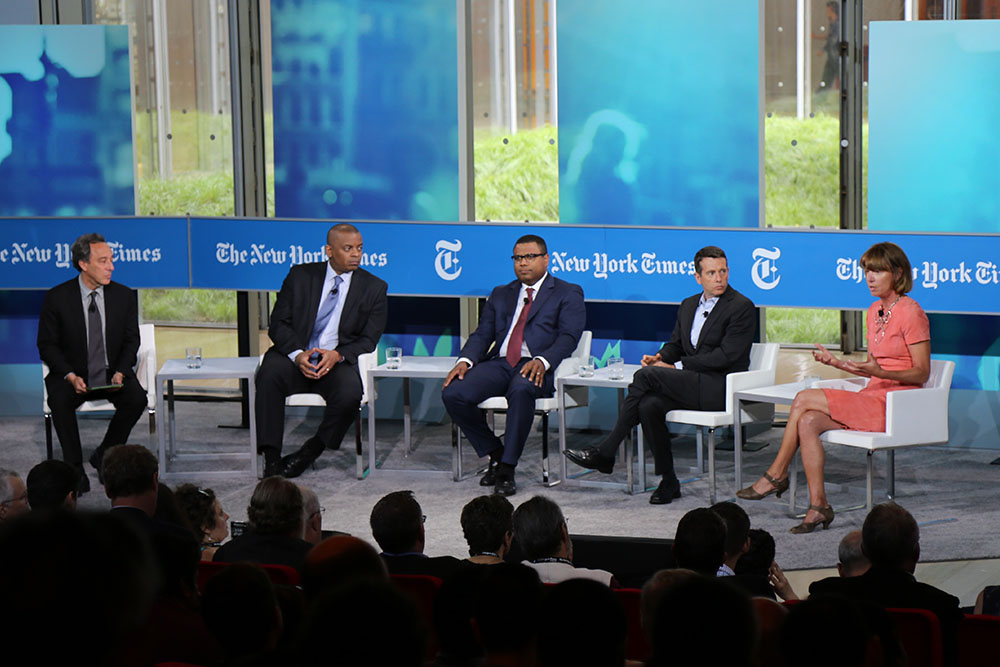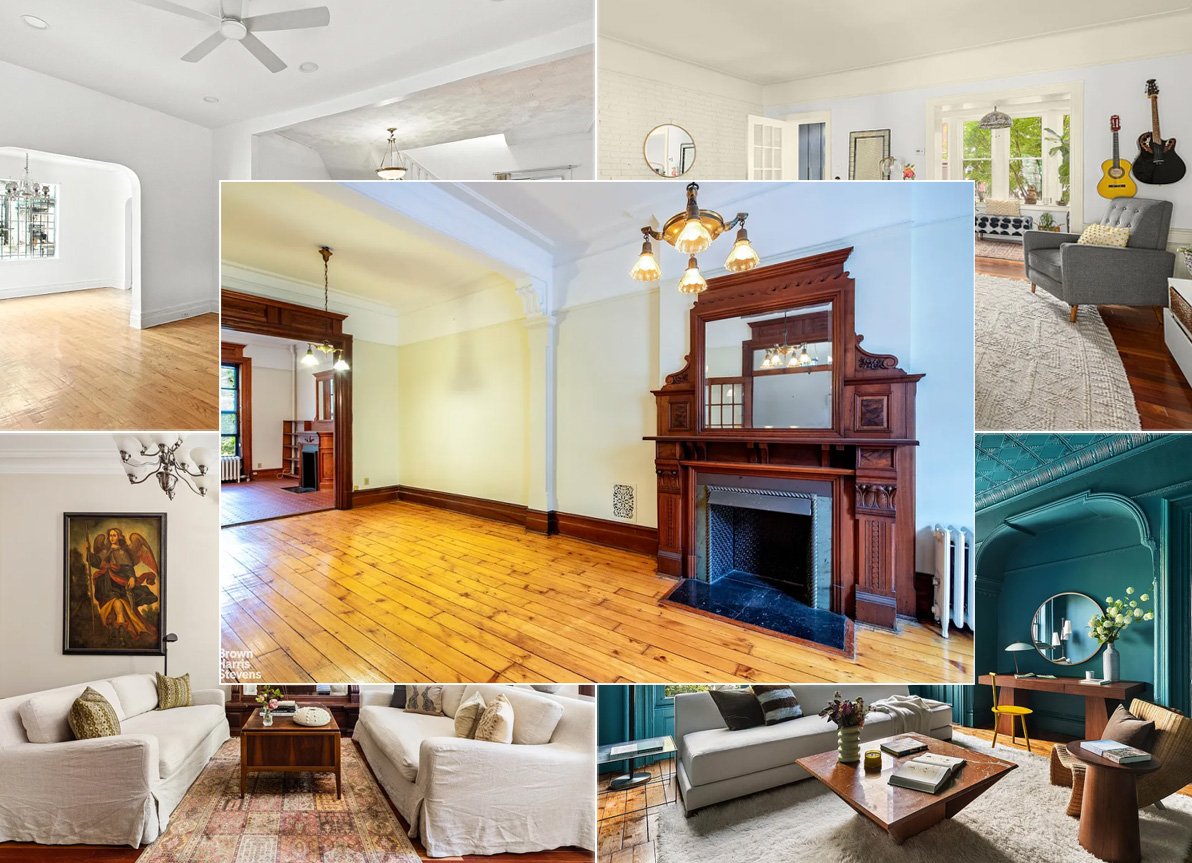Three Brooklyn Moments From the Cities for Tomorrow Conference
It’s a busy week for urban planning in New York City. There was Monday’s Museum of the City of New York panel on preservation and development, and today City & State is hosting the New York Moves: Transportation conference. Yesterday, Cities for Tomorrow considered the future of urban life in New York City and beyond. With Brooklyn on everyone’s…

It’s a busy week for urban planning in New York City. There was Monday’s Museum of the City of New York panel on preservation and development, and today City & State is hosting the New York Moves: Transportation conference. Yesterday, Cities for Tomorrow considered the future of urban life in New York City and beyond.
With Brooklyn on everyone’s minds these days, it comes as no surprise that the Cities for Tomorrow conference had a number of Brooklyn-relevant moments. From discussing the borough’s future tech boom to debating the merits of P.S. 103 in Windsor Terrace, here are Brownstoner’s three favorite Brooklyn moments:

Fred Wilson of venture capital firm Union Square Ventures killed a few dreams when he said New York City’s tech sector will never catch up to Silicon Valley.
Will NY ever overtake Silicon Valley as a tech hub? “No” says @fredwilson, it “has a 20-30 year head start” #NYTCFT pic.twitter.com/38vRBcE1Dq
— Brownstoner (@Brownstoner) July 21, 2015
But when asked for his thoughts on the future Brooklyn Tech Triangle and Cornell Tech, Wilson said that the next wave of the city’s tech companies would locate their companies across the East River.
“I think the outer boroughs in New York are our secret weapon,” Wilson told the audience. “The thing that we have here that frankly San Francisco doesn’t have is a city that extends very nicely and seamlessly out to a much larger geography.”

Brooklyn Bridge Park got a shoutout from Times architecture critic Michael Kimmelman as an example of brilliantly reclaimed infrastructure. The trick moving forward, he continued, is to “see infrastructure not just as something to be recycled, but as something that could be built from the start with multiple purposes.”
Everyone on the transportation panel agreed more options and better transit infrastructure are key to continuing the city’s cultural and commercial growth.
Brooklyn’s bike lovers might also appreciate that Janette Sadik-Khan, former NYC Transportation Commissioner, received a spontaneous round of applause for expanding and improving the city’s bike lanes.

Then there was the moment things got real. During the Q&A for the panel on affordability and housing, conference host Charles Duhigg went off script.
The Windsor Terrace resident told the crowd the property value of his home went down after being redistricted from P.S. 154 — “a great school” — to P.S. 130 — “a not so great school.” “When we talk about affordable housing and increasing diversity,” Duhigg continued, “how do we make the pitch to people who disproportionally bear the cost of that?”
City Councilman Brad Lander (who just happens to be the elected representative for Duhigg’s neighborhood) immediately spoke up: “for the record, P.S. 130 is a dynamite school.” Lander went on to say, “This is the role of democracy in relation to the marketplace.” Without initiatives to counteract economic and social polarization, communities will become less integrated.
“Windsor Terrace is a great example,” Lander said. “The price escalation on those homes has been so big in recent years that [it’s a matter of] asking people to give up a little of that to live in a city that isn’t headed for a kind of inequality.”
Saskia Sassen, a Sociologist at Columbia, and Toni L. Griffin, a professor of architecture at CUNY, then jumped into the fray, agreeing it is wrong to consider a home purely as a financial transaction. Griffin said that one should be buying a home as an investment in a community rather than as a capital investment.
Cities for Tomorrow conference [NYT]
“Putting people of similar incomes in the same place doesn’t mean they have access,” @tonilgriffin on affordable #housing #NYTCFT — Architectural Record (@ArchRecord) July 21, 2015
“There is a direct link between people trapped in poverty and access to transportation.” @davidplouffe of @Uber quoting report. #NYTCFT — Juliana Kerr (@julianarkerr) July 21, 2015
“If you ask ‘What does New York City need?’ We need housing, better schools. Not a new convention center.” -Deputy Mayor Glen #NYTCFT
— Alex Dodds (@alexgdodds) July 21, 2015
Future of transportation? Choices. And it’s not just about our smartphones, it’s about our streets #NYTCFT pic.twitter.com/glu5uFcA3D — Janette Sadik-Khan (@JSadikKhan) July 21, 2015





What's Your Take? Leave a Comment